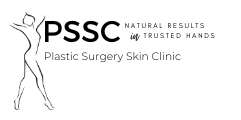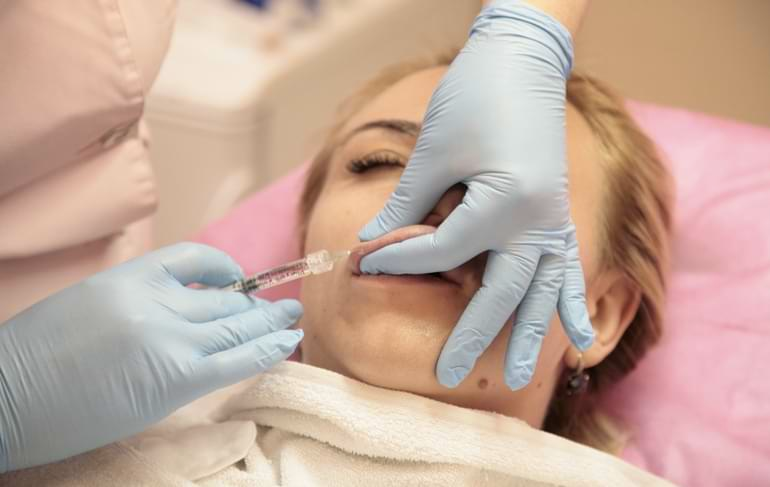Botox is the undisputed GOAT when it comes to facial muscle relaxers. There’s no denying how ubiquitous it has become in the world of anti-aging and skin rejuvenation treatments, a staple for celebrities and common folk alike. But its lesser-known counterpart (and maybe even competitor), Dysport, is also a powerful facial muscle relaxer with its own benefits. And truth be told, there are times when either option is the superior one. This post will take a head-to-head look at Botox vs Dysport, their similarities and differences, and when either choice suits your needs or goals.
What is Botox?
Popularity Profile
Botox is one of the most popular non-surgical cosmetic treatments worldwide. In 2022, over 9 million Botox procedures were performed globally, marking a 26.1% increase from the previous year. The United States leads in Botox usage, with nearly 4 million procedures annually. It is widely used across various age groups, particularly among individuals aged 35–50.
History of Botox
Botox originates from botulinum toxin, discovered in 1897. Its medical applications began in the 1970s when Dr. Alan Scott used it to treat eye muscle disorders. By 1989, it was FDA-approved for therapeutic use, and in 2002, it gained FDA approval for cosmetic purposes such as reducing wrinkles.
Purpose & Effects
Botox works by temporarily paralyzing muscles to reduce wrinkles and fine lines. It is commonly used on crow’s feet, forehead lines, and glabellar lines. Beyond aesthetics, it treats migraines, excessive sweating, and muscle spasms. Results typically last about 3–4 months.
What is Dysport?
Popularity Profile
Dysport has also gained significant traction globally, with over 100 million users worldwide. It is favoured for its natural-looking results and faster onset of action compared to Botox.
History
Dysport was introduced in the UK in 1991 for treating facial and neck spasms before being approved for cosmetic use in the U.S. in 2009. Its development stems from botulinum toxin research dating back to the late 19th century.
Purpose & Effects
Like Botox, Dysport relaxes facial muscles to reduce wrinkles. It is particularly effective for larger treatment areas due to its ability to diffuse more widely. Results appear within 2–3 days and last approximately 3–4 months.
Botox vs Dysport: The Similarities
Since they’re both facial muscle relaxers—and by extension have similar goals—Botox and Dysport have their similarities. Overall, the results they produce are identical, the application of these compounds is fairly similar, and for both treatments, the ideal candidate looks alike.
| Aspect | Details |
| Purpose/Effects | Both relax muscles to reduce wrinkles and fine lines. |
| Application/Treatment | Non-invasive injections are performed in the office within minutes. |
| Frequency | Results last about 3–4 months; follow-up treatments are required for maintenance. |
| Side Effects | Temporary redness, swelling, bruising; rare cases of drooping or muscle weakness. |
| Costs (Canada) | Botox: $12–16 per unit; Dysport: $4–6 per unit (more units needed for Dysport). |
| Ideal Candidates | Adults seeking wrinkle reduction without surgical intervention; are not suitable for pregnant/nursing individuals or those with neuromuscular conditions. |
Botox vs Dysport: The Differences
While both of these facial muscle relaxers are similar in the big picture, the finer details are where differences emerge. When comparing Botox vs Dysport, it’s worth noting their chemical compositions differ. Additionally, the way practitioners use Dysport vs Botox to target wrinkles and fine lines is not the same either, and that also explains why there might be slight differences in the treatment progression.
| Aspect | Botox | Dysport |
| Purpose/Effects | More precise targeting; ideal for smaller areas like crow’s feet or glabellar lines. | Diffuses more widely; better suited for larger areas like the forehead. |
| Application/Treatment | Larger molecules allow localized effects; and require more injection points. | Smaller molecules spread easily; fewer injection points are needed for broader coverage. |
| Frequency | Results may last slightly longer (up to 6 months). | Effects appear faster (2–3 days) but may not last as long (3–4 months). |
| Side Effects | Rare cases of drooping or unintended paralysis if improperly administered. | Higher diffusion risk may lead to unintended muscle weakness if not precisely injected. |
| Costs (Canada) | $300–600 per session depending on the area treated. | $400 per session on average; lower per-unit cost but requires more units overall. |
| Ideal Candidates | Individuals needing targeted treatment for specific wrinkles. | Those seeking smoother results over larger areas with fewer injections. |
Choosing Between Botox vs Dysport
Selecting between Botox and Dysport depends on individual needs, facial anatomy, and treatment goals. Consulting a qualified provider ensures a personalized approach to achieve optimal results while minimizing risks. A skilled practitioner can recommend the most suitable option based on your aesthetic preferences and medical history.
Here at PSSC, bring years of experience and success applying facial muscle relaxers to help people regain a more youthful appearance. That includes people who want to reduce the appearance of deep lines and wrinkles, or who want to slow down some of the ageing signs that slowly creep up over time. If you’re one of them and want to look more like your old self, give us a ring—you won’t be disappointed!
Looking to reverse signs of aging but are unsure whether Botox or Dysport is right for you? Get in touch with our consultants to help you decide which one is right for your goals.

